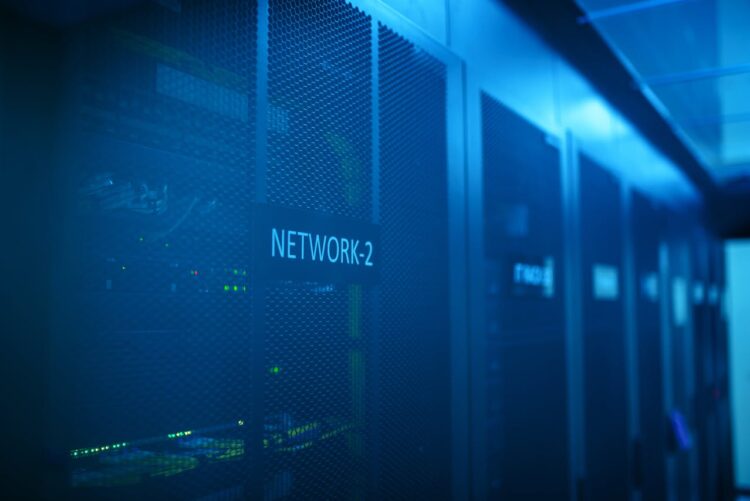Cisco has announced significant advancements to its secure enterprise network architecture, aimed at simplifying operations and enhancing security for campus and branch deployments in the AI era.
With the increasing demands for high-bandwidth and low-latency networks driven by AI workloads, these innovations are designed to help IT leaders in Southeast Asia address the complexities of modern networking.
The new solutions, including cloud-managed fabrics and Cisco Unified Branch, allow organisations to provision secure networks with remarkable efficiency.

“The networks of the future not only need to power the massive compute and bandwidth demands of AI experiences... but also be easy to deploy and secure with powerful AI tools of their own,” says Jeetu Patel, president and chief product officer at Cisco.
This focus on operational simplicity is particularly relevant for IT teams facing resource constraints while managing increasingly complex infrastructures.
One of the key innovations is the introduction of a unified network visibility feature within the Meraki Dashboard. This tool provides a single cloud dashboard experience for monitoring campus and branch networks, significantly reducing the complexity of network management.
Additionally, the cloud-managed fabric architecture simplifies setup and troubleshooting, enabling adaptive segmentation policies that enhance security across deployments.
Cisco's shift towards AgenticOps—a model where AI-powered agents assist IT teams—also stands out. This approach allows for the automation of routine tasks and collaborative troubleshooting, thereby freeing up valuable time for IT personnel. The integration of Cisco’s Deep Network Model with advanced network technologies facilitates this streamlined management, making it easier for teams to maintain a secure and efficient network environment.
Moreover, the Cisco Unified Branch solution accelerates the deployment of branch networks. For instance, a retailer opening multiple locations can quickly set up connectivity and security with minimal manual configuration, allowing central IT to manage all sites efficiently through the cloud. This capability is crucial for organisations looking to scale rapidly without compromising security.
As cyber threats continue to evolve, Cisco’s integrated security solutions will be vital. The architecture combines identity-driven access control with cloud-managed security, extending zero-trust principles throughout the network. This unified approach not only enhances security for hybrid workforces but also simplifies policy enforcement across diverse environments.
For IT infrastructure and network leaders in Southeast Asia, these advancements present an opportunity to enhance operational efficiency, improve security postures, and support the growing demands of AI-driven applications in their organisations.



